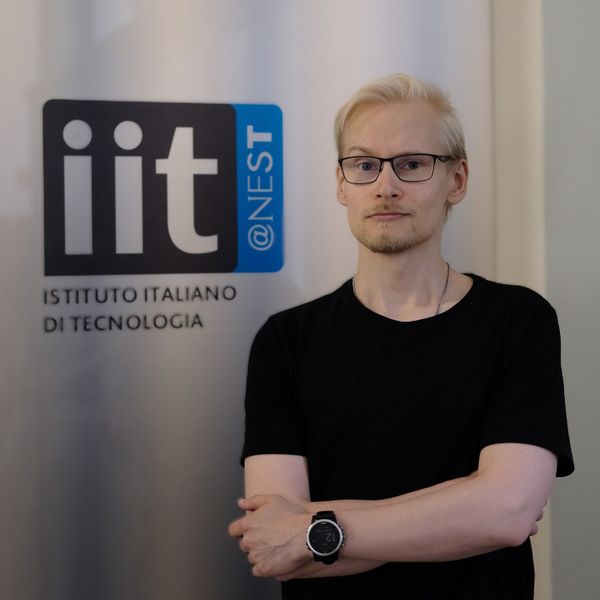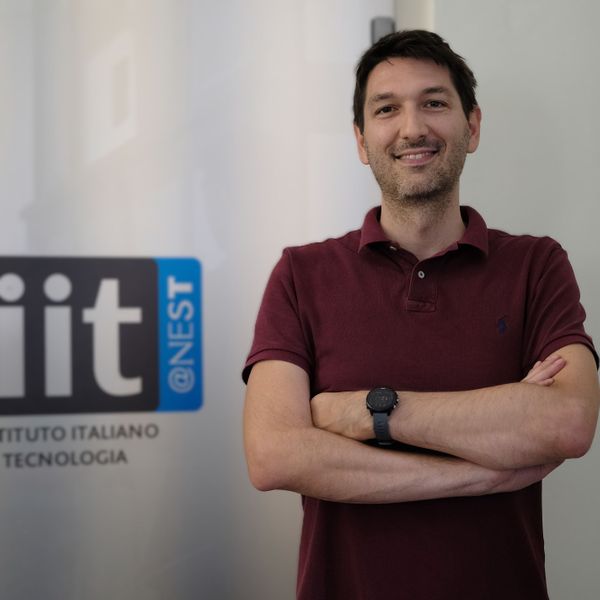Institute: Fondazione Istituto Italiano di Tecnologia
Center: Center for Nanotechnology Innovation
Group: 2D Materials Engineering

Research Expertise
The „2D Materials Engineering“ (2DME) group of the Istituto Italiano di Tecnologia (IIT), located in Pisa at the Center for Nanotechnology Innovation (CNI), is one of the key-players for the large-area synthesis of high-quality two-dimensional materials via chemical vapor deposition (CVD).
The group is best known at an international level for the deterministic growth of ultra-high quality large-area single-crystal graphene and the high-performance optoelectronic devices made with it.
The group has a dedicated facility for the synthesis of transition metal dichalcogenides (TMDs) from either solid or liquid precursors and has developed a reliable and efficient protocol for encapsulating air-sensitive materials and transferring them onto technologically relevant substrates. The group has also expertise in manipulating the spatial distribution, as well as the concentration, of defects in domains of single-crystal tungsten disulfide.
Besides the effort on the synthesis of 2D-materials, the group has at its disposal, a variety of experimental tools for the characterization of the materials, such as: micro-Raman spectroscopy, atomic force microscopy (AFM), scanning tunneling microscopy (STM), low-energy electron diffraction (LEED), X-ray photoelectron spectroscopy (XPS) and angle-resolved photoemission spectroscopy (ARPES).
Role in Quondensate
In QUONDENSATE, the 2DME group has the task of developing wafer-scale TMDs with controlled defects which will be used for implementing the quantum reservoir network and providing such materials to the consortium . We therefore lead the foundational Work Package 1: TMD material development.
The People

Dr. Vesa-Matti Hiltunen (Quondensate funded post-doctoral researcher)
Quondensate related papers
- H. Agircan, D. Convertino, A. Rossi, L. Martini, S. Pace, N. Mishra, K. Küster, U. Starke, G. Kartal Sireli, C. Coletti and S. Forti,
Determination and investigation of defect domains in multi-shape monolayer tungsten disulfide,
Under review on Nanoscale Advances (2024). - S. Pace, L. Martini, D. Convertino, D. Keum, S. Forti, S. Pezzini, F. Fabbri, V. Miseikis, and C. Coletti,
Synthesis of large-scale monolayer 1T’-MoTe2 and its stabilization via scalable hBN encapsulation,
ACS Nano, 15, 4213 (2021). - S. Pace, M. Ferrera, D. Convertino, G. Piccinini, M. Magnozzi, N. Mishra, S. Forti, F. Bisio, M. Canepa, F. Fabbri, and C. Coletti,
Thermal stability of monolayer WS2 in BEOL conditions,
Journal of Physics:Materials, 4, 024002 (2021). - S. Forti, A. Rossi, H. Buch, T. Cavallucci, F. Bisio, A. Sala, T. Mentes, A. Locatelli, M. Magnozzi, M. Canepa, K. Muller, S. Link, U. Starke, V. Tozzini, and C. Coletti,
Electronic properties of single layer tungsten disulfde on epitaxial graphene on silicon carbide,
Nanoscale, 9, 16412 (2017).
About the group
We believe that materials are at the basis of scientific progress: playgrounds for fundamental science and platforms for technological advancement. Our work concentrates on two-dimensional (2D) materials and their stacks, which yield unprecedent electronic, optical and magnetic properties offering viable solutions to this century’s challenges. The 2D Materials Engineering unit develops synthetic approaches to obtain 2D materials over large areas and with excellent quality. We investigate the fundamental properties of these materials with advanced characterization techniques and assess their most promising fields of applications. We tailor the structural, electronic, and optical properties of layered materials by devising and implementing different functionalization and intercalation approaches. We nurture strong collaborations with research units and companies around the globe to develop novel energy efficient communications technologies, devise future quantum applications, and demonstrate high-performance sensing solutions for healthcare applications. We foresee machine learning (ML) as a strategic tool to develop novel synthetic and assembly solutions, and we plan to integrate 2D materials for lighter, energy efficient and large bandwidth communicating robotic elements, in circular economy, and for conservation of cultural heritage.
Website: https://2d-me.iit.it/en/home




